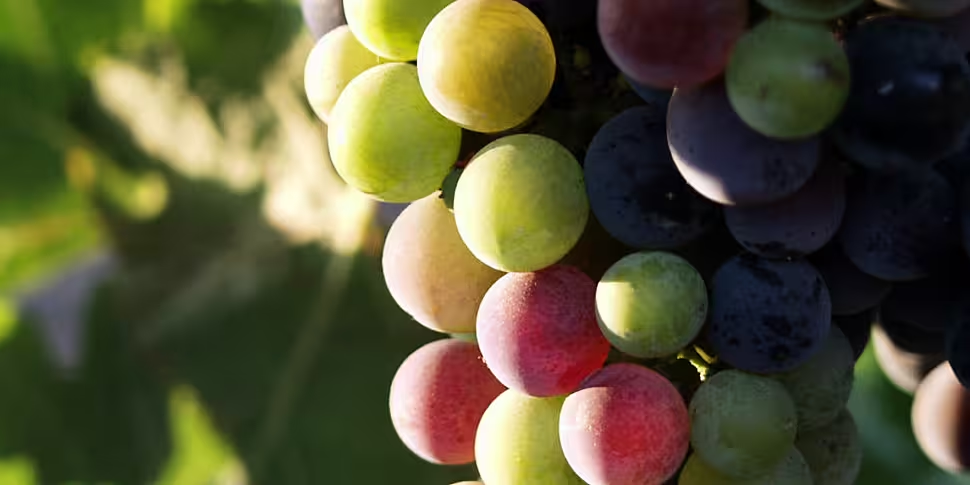Tomas Clancy reviews Masi Tupungato, Paso Doble, Rosso di Argentina 2017 and Cloudy Bay, Sauvignon Blanc, Marlborough 2017
Masi Tupungato, Paso Doble, Rosso di Argentina 2017
Pricing : around €16.95
Available : Independent Off Licences and Wine Shops nationwide
This is Argentine Malbec, but not as we know it. This example is produced in Mendoza by one of the Argentine arm of one of Italy’s finest producers of Amarone. Amarone is perhaps one of Italy’s best and oldest wines made in the Valpolicella Hills at the southern shore of Lake Garda. This area just north of fair Verona, fictional home to Romeo and Juliette has been making wine for almost 3000 years. The landscape is filled with the ruins of Roman villas some amongst he vineyards. It was also home to poet Dante. What drew the wealthy and the famous to Lake Garda apart from the beauty of the lake was of course the wine.
Today Amarone remains a huge draw to the region. The wine is made ina very ancient and specialist method called appasiemento. The grapes are picked as normal in autumn but they are the placed on racks, traditionally made of bamboo and left to dry out over the winter months then they are crushed in theor dried form and undergo a very slow low temperature fermentation. The dried grapes transforming into a deep dense flavour packed highly alcoholic wine.
In Argentina Masi use this technique on this blend of Malbec and Corvina, with the dried grapes being used to add weight, smoothness and aromatic complexity to the already heady wines. The result is a wine that has the typical spice of Malbec with a clean, sweet cherry like cut and a rounded finish. It has the feel of an Italian Ripasso or baby Amarone but at a considerably lower price ad with more ripeness.
Cloudy Bay, Sauvignon Blanc, Marlborough, New Zealand 2017
Pricing : around €35
Available : Independent Off Licences and Wine Shops nationwide
Cloudy Bay is not merely the most famous Sauvignon Blanc in the world it also almost singlehandedly kick started the modern New Zealand wine industry of not the whole contemporary market for New World wines. That may seem over the top but until Cloudy Bay broke onto the British, then Irish then world markets in the late 1980s, wines from outside of Europe, Napa or South Africa were considered worthy of Monty Python sketches.
Such wines were considered bulk wine substitutes at best by the general wine consumer. Then Cloudy Bay’s unique tropical fruit, cut grass and zesty lemon rush arrived on wine shelves and caused panic buying. The wine was sold at premium, French wine prices and still sold out. Oz Clarke and Julie Golden would be the source of this panic buying. For the first time a popular television show described wine and people shared the same or found the same aromas, they were there. It felt like a revelatory moment.
In Ireland in the 1990s people would be tipped off when new stock was arriving as it sold out so quickly again despite selling for similar prices to Sancerre which it very clearly aimed to replace.
The small production was real, but was embraced by the producers as an advantage, and from a PR perspective it added to the allure. Eventually Cloudy Bay was snapped up by French firm LVMH and in 2009 the founding winemaker left to launch his own fine estate, Greywacke. It took several yeasrs to get over Judd’s departure and a few missteps such as seeming to reduce the quality of the regular Cloudy Bay on the introduction of a top cuvee.
Thankfully order has been restored after a heavy investment program, and is continuing with purchases of vines in Otago to produce Pinot Noir.
This 2017 Cloudy Bay sees a huge return to form with a crisp, linear delight filled with clear tropical fruit, grapefruit and lime etched mid palate and a bright, zesty lifted finish.









